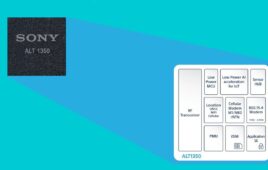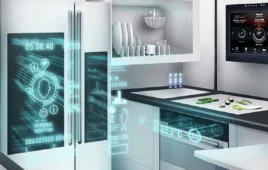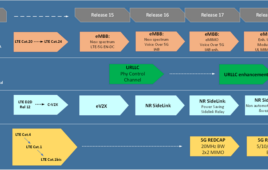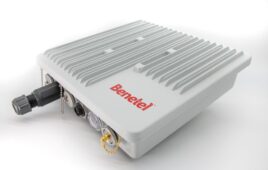To consumers, there’s not much difference whether a given electronic is certified, compliant or compatible with a new technology – until they try to use it.
Consumers buying gadgets equipped with technology from the Digital Living Network Alliance (DLNA) have found that there actually is a pretty big difference between certification, compliance and compatibility.
DLNA technology allows electronics like computers, smartphones and televisions to “talk” to each other. For instance, you could access your computer’s video content from your television, or stream a video from your smartphone to your television.
 Consumer forums contain numerous examples of users confused and frustrated by DLNA technology. Much of that confusion, says DLNA board member Alan Messer, is because electronics need to go through the group’s certification process to work correctly. If they’re labeled as just “compatible” or “complaint,” consumers are likely to run into some problems.
Consumer forums contain numerous examples of users confused and frustrated by DLNA technology. Much of that confusion, says DLNA board member Alan Messer, is because electronics need to go through the group’s certification process to work correctly. If they’re labeled as just “compatible” or “complaint,” consumers are likely to run into some problems.
“Only when you pass vigorous tests are you allowed to publish the ‘DLNA Certified’ logo on your product,” says Messer, who heads standardization efforts at Samsung in addition to his work at DLNA. “People see the word DLNA, but it’s not certified. We’re working on getting our logo out so consumers know what to look for.”
DLNA-certified electronics have all gone through a testing process to make sure they’re interoperable, and bear a logo testifying to that fact.
Electronics that are labeled as merely DLNA compliant or DLNA compatible haven’t gone through that all-important certification process, so there’s no guarantee the technology will work as expected – and consumers are finding out that it sometimes doesn’t.
In some ways, the issue DLNA faces with getting companies to run their products through the certification process instead of just marketing them as compatible with the technology mirrors the challenges Bluetooth technology faced when it came to market, says Messer.
“When Bluetooth first came out, fake chipsets came out that were Bluetooth-ish but not actually Bluetooth,” Messer says. “This is a classic problem in the standardization space.”
The DLNA is trying to get more manufacturers to certify their electronics, instead of merely marketing them as working with DLNA technology. By bringing in more electronics under the official certification process, DLNA hopes to maintain the technology’s reputation and increase its use by consumers.
The DLNA says 234 cell phones have been certified, as well as 15 tablets and more than 5,000 computers. Strategy Analytics predicts that more than 2 billion DLNA-certified devices will be used by consumers in 2014. The technology makes it easy for people to access their content across multiple devices and could be useful to wireless subscribers looking for easier ways to share their smartphone content.
Messer concedes that some of the problems consumers are having with DLNA technology can’t be fixed through certification. Some manufactures simply don’t support certain media formats, and file formats have proliferated in recent years. However, if DLNA-certified devices do support the relevant media formats, the technology should work like a charm.
The differences between certified and compatible may seem minor, but they’re not. If consumers are interested in trying out DLNA technology, they should look for the logo – not just something marketed as DLNA-compliant.




